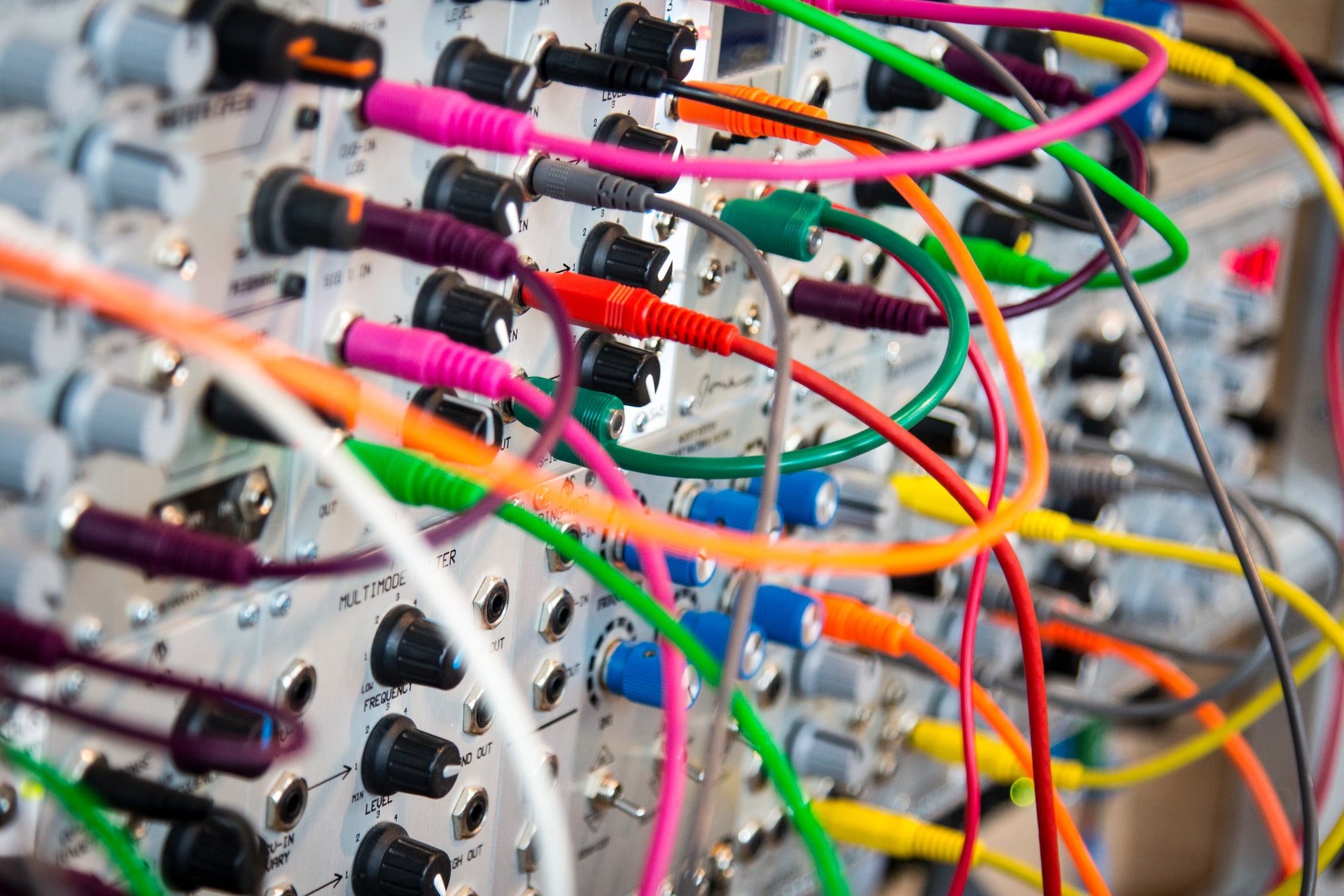Security cameras, home theater systems, and other home automation systems are nice-to-have technologies in today’s digital and modern times. However, if you plan to install them in your residence or property, you also need to consider an efficient and undisruptive method of putting them in place. All these technologies are made possible by data cabling, but not all households think about how to structure the wirings appropriately. After all, it is not their job to do so.
Still, as a homeowner or business owner, you should be aware that whether you have a new or old residence or building, your technicians must be able to perform their jobs cleanly. That means installing everything you need for your place neatly and correctly through structured wiring.
Defining a Structured Wiring
Structured wiring is how buildings enable the cabling infrastructure within. It refers to the whole network of audio, telephone, television, video, and data that enables direct lines that connect them all. With this medium in place, home and building owners can guarantee strong connection and signal every day among all of their electronic devices. Besides offering convenience in one place, structured wiring can also be present across different building areas.
What Comprises a Structured Wiring
Six general components make structured wiring possible. These are the following:
- Horizontal Cabling – The cables and terminating hardware you physically see in the setup are horizontal cablings. The lines provide the means for transporting data and voice signals between the work area outlets and other horizontal cross-connect locations in the building.
- Backbone Cabling – The cabling that enables the delivery of interconnection between entrance facilities, equipment rooms, telecommunication rooms, and the likes is called backbone cabling. This system is often used and installed from floor to floor, but it can also work between buildings and two rooms.
- Telecommunications Closet – The small room that encloses all telecommunication network systems and active devices is called the telecommunications closet. It plays a vital role in the whole structure because it connects the IT infrastructure to its end users. It stores hardware, keeps track of the wires, and makes any internal altering possible and straightforward because everything is in it.
- Work Area – The work area is where you will find all components between the faceplate and Ethernet-based device. In simple terms, it is where the end-users equipment is or where the TV, audio, video, or security camera are installed.
- Equipment Room – The space within the building that acts as the storage or installation space for the mechanical or electrical/electronic equipment. It houses telecommunication installations that serve the home or building owners.
- Entrance Facility – Usually, the entrance facility is the building entrance that marks where the cable company’s wiring ends and connects to the outside world. It is where you will find the cables, attaching hardware, and other equipment that would connect the external provider’s cabling to the private cabling.
Your developer should have thought about structured wiring from the start. Still, it is possible to install even if the building is already existing. If you plan an installation soon, know that the cost would depend on the size of the place and the equipment needed to build the network. It would also depend on the ease of installation and the quality of the equipment that you plan to install in place.
Conclusion
Having structured wiring from the start would bring many advantages to your space. It is one of the most cost-effective and best decisions you can make, whether for personal or business use. It will make your routine fast and efficient, bringing more productivity and speedier rollout to the table. More importantly, you would experience less downtime and find and resolve errors quickly and fast with cables in place. Your whole system would be flexible and swiftly accommodate any new changes or additions you decide to make. It is a good investment for a better operating future.
If you plan to install home theater systems or security cameras on your property, do not forget to think about its structured wiring. If you are looking for audio video specialists in Birmingham, AL, you are on the right page. SAVI A/V Specialist offers solution-based systems to ensure you get comfort, convenience, and peace of mind about your secure and optimized internal connectivity. Call us today, so we can discuss our services further.

